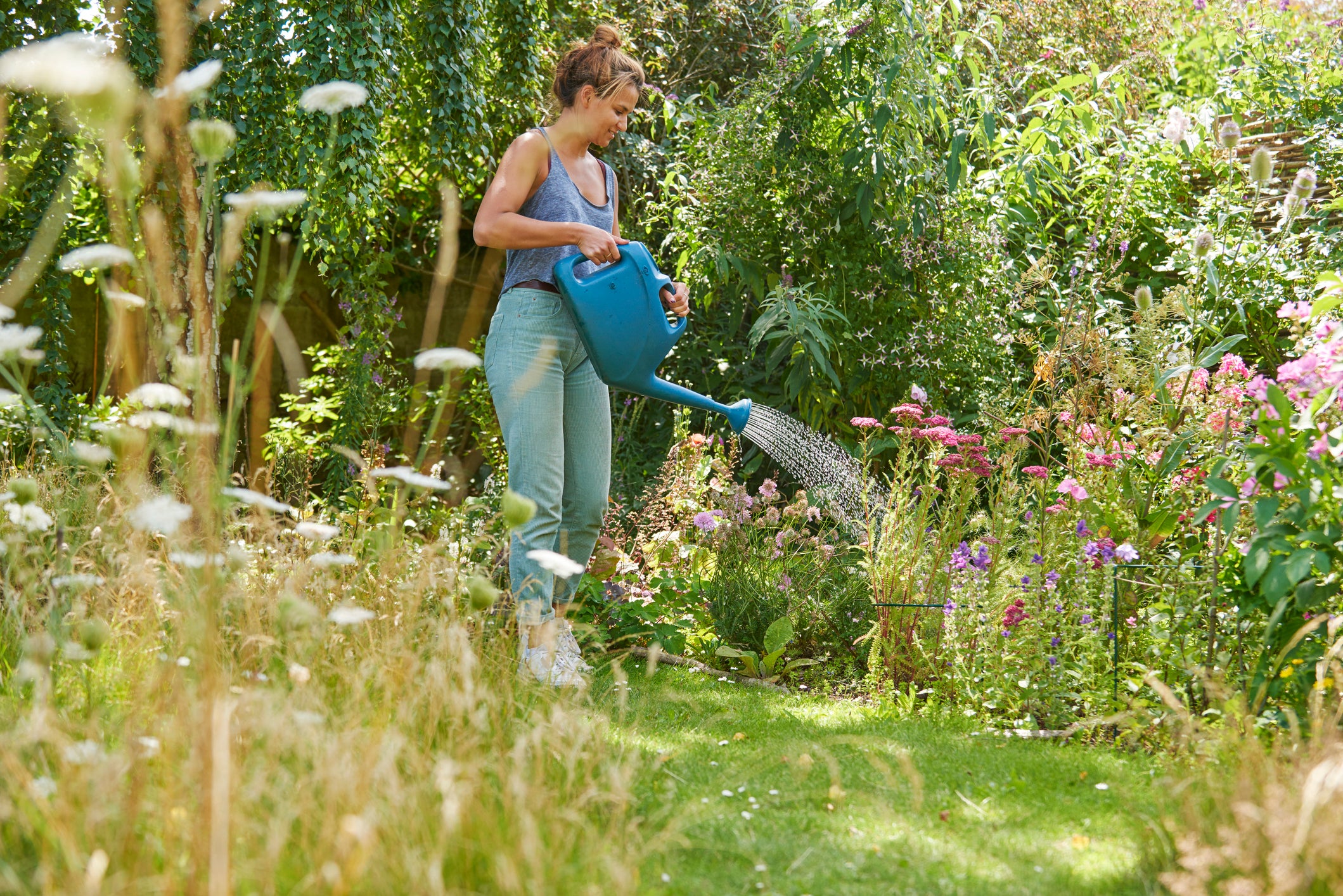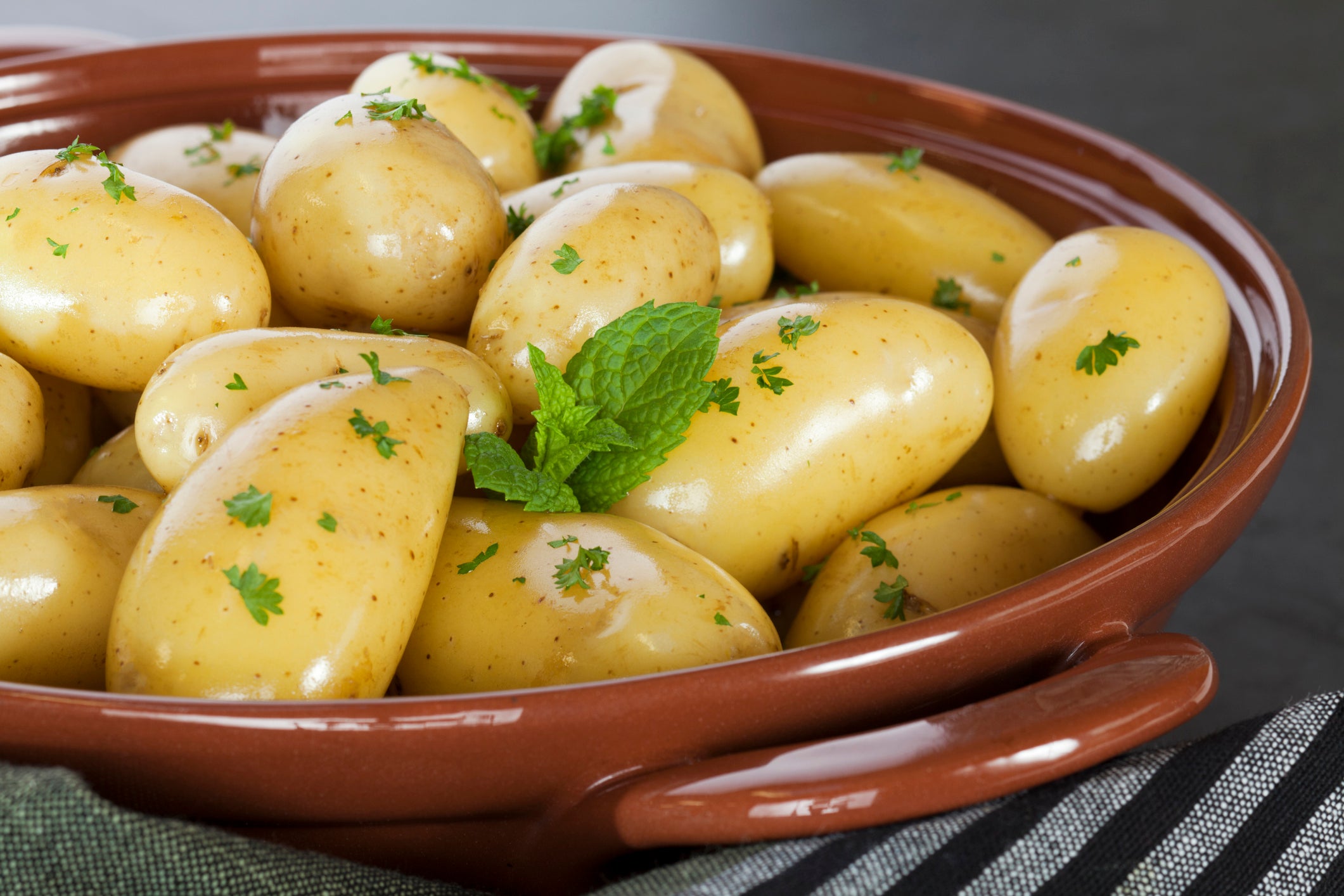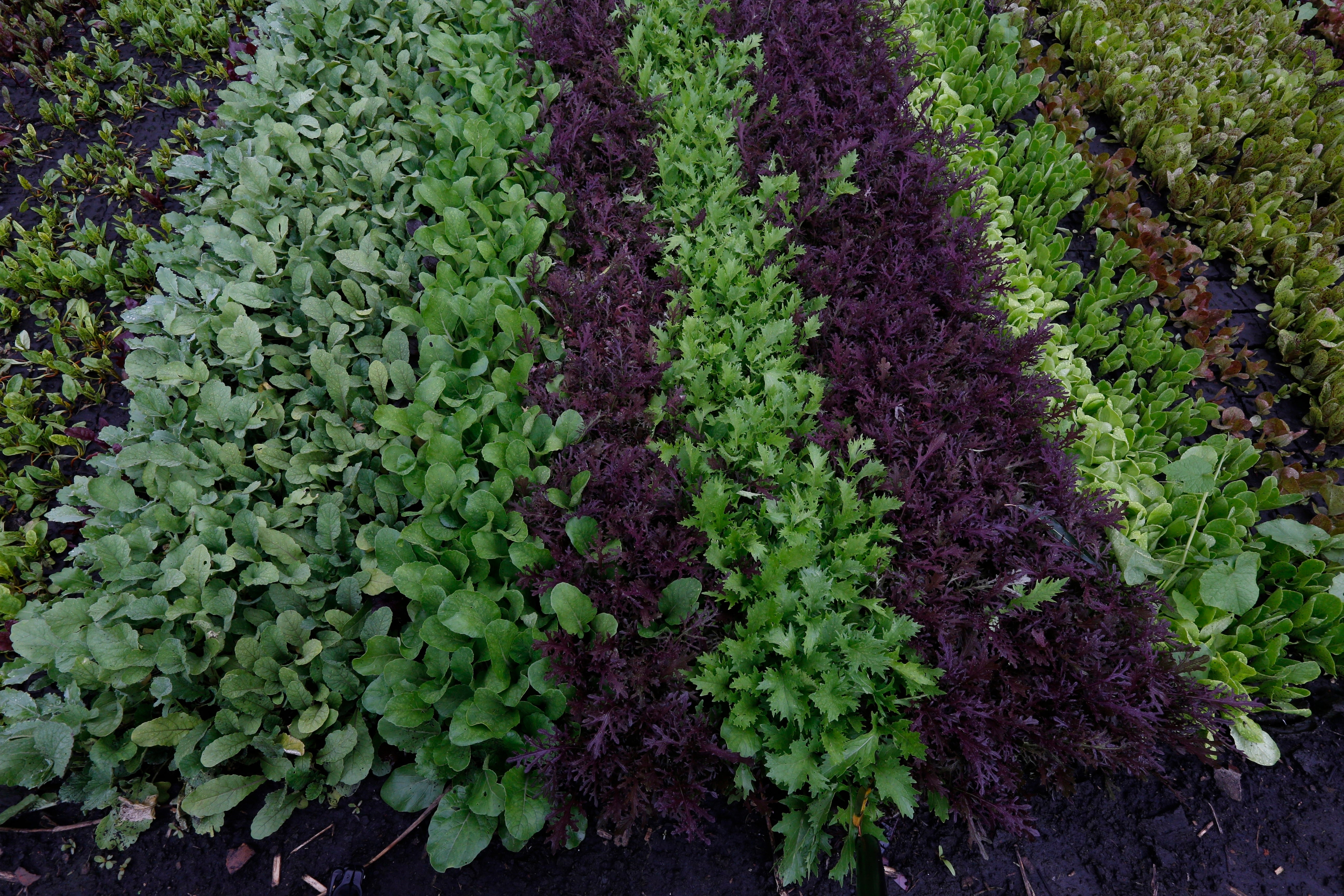The best six quick-growing veg crops for impatient gardeners
The best quick fruit and veg crops to grow

If you are someone who doesn’t want to wait long to see the fruits of their labour, then growing quick-maturing crops is for you.
From windowsill micro greens, to young lettuce leaves and radishes which will be ready to pick in just a few weeks, there are many veg you can harvest while waiting for the slower ones to grow.
Permaculturist, digital creator and author Huw Richards, whose gardeningY ouTube channel has over 750k subscribers, believes growing veg doesn’t need to be expensive or time-consuming – although he does have some reservations about people being impatient with their edibles.
“All the best tasting crops take a bit longer to grow than the fast crops. Peas, for instance, will take six to eight weeks longer than radish, but they taste four times as good,” says Richards, co-author of The Self-Sufficiency Garden, written with fermenter chef and Instagram star Sam Cooper.
However, if you are a beginner and need some quick results to motivate you to continue, he recommends the following quick-maturing veg…
1. Pea shoots
“The gateway to gardening is growing pea shoots, because that takes you two weeks,” Richards says. “And if you can’t wait two weeks then you shouldn’t be a gardener.”
Start them off in a yogurt pot with holes in the bottom, resting on a saucer on a windowsill. Put 5cm of peat-free multi-purpose compost in the pot.
“You can get dried marrowfat peas from the supermarket and put them over the surface, 1cm between each pea, fill the pot with a couple more centimetres of compost and keep it moist, like a wrung-out sponge, on a sunny windowsill and you will have a big harvest in a couple of weeks. Cut the shoots just above the lowest node because they can then give you two or three more crops or cuttings.”
For pea shoots, he says it doesn’t matter which type you choose, whether it’s peas or mangetout or sugar snap, because you’re not going for the pod. Look for tall-growing varieties which have vigour, Richards adds.
2. New potatoes
Potatoes are among the veg which really do taste better straight out of the ground and cooked immediately – and they are easy to grow. Just buy a bag of seed potatoes, space them around 30cm apart and bury them 15cm deep in a large container filled with multi-purpose compost, or a soil and compost blend, in a bed from mid-March. If you have a cold night, cover the ground with horticultural fleece or leaves to protect them from frost.

You should see some growth within three to four weeks, Richards reckons. If you grow them in tubs they will require more water, but you should be harvesting them 10 weeks after planting them out. “If they’ve started flowering, that’s a sign that they are ready, but you can also dig around the roots a bit with a hand fork or trowel to see how they are looking, without disturbing the plant.”
One single seed potato should give you 700-800g of new potatoes. If you wait longer to harvest them, you are likely to get a bigger harvest, but baby potatoes are tasty when they are young. Good varieties include ‘Swift’ and ‘Rocket’.
3. Nasturtiums
These vibrant flowers add a peppery flavour as well as rich colour to salads and other summer fare, but don’t start them off until April because they are frost-sensitive.
“You can harvest the leaves after six weeks and after eight to 10 weeks, you’ll get the flowers. Grow them from seed, one to two seeds in a 7cm pot, 2-3cm deep and start them off inside on a sunny windowsill,” Richards advises.
Once all chance of frost has gone, you can plant them outside into a container. Every part of the plant above ground can be eaten. The seedheads which appear later in the year can be pickled and are known as ‘poor man’s capers’.
4. Leafy greens
Lettuce and spinach are among the most popular leafy greens, says Richards, and they are all pretty fast-growing.

“There are so many different types of lettuce and so many different colours, so just pick out the one that stands out the most to you. As long as you keep the slugs off, they are fool-proof and they are not very hungry crops either,” he says.
Sow them outside from mid April in sun or partial shade and, depending on the weather, they can start appearing in as quickly as five to seven days and be ready for harvesting in seven to eight weeks.
5. Mint
If you are growing edibles in a container, a mint plant is perfect as you can add the leaves to summer drinks and salads, and they are pretty tough specimens. Either buy a plant from your local nursery or get a pot of mint from the supermarket and split it into smaller plants, or you can take cuttings and just propagate it in water, says Richards. “It grows so quickly and you can keep it within a pot and harvest it within three to four weeks if it’s on a sunny windowsill.”
Pots of mint will thrive outside and you can be picking it throughout spring and summer.
6. Radishes
Of course, these are among the fastest growing crops, ready for harvesting in four to five weeks, but Richards has found a variety called ‘Radish 18 Day’, which is supposedly the fastest maturing type.While it is well-known that radishes become woody if left in the ground too long, Richards suggests leaving a few behind to let them flower. “You can eat the flowers and they will create these edibly-spicy seed pods.”
Bookmark popover
Removed from bookmarks